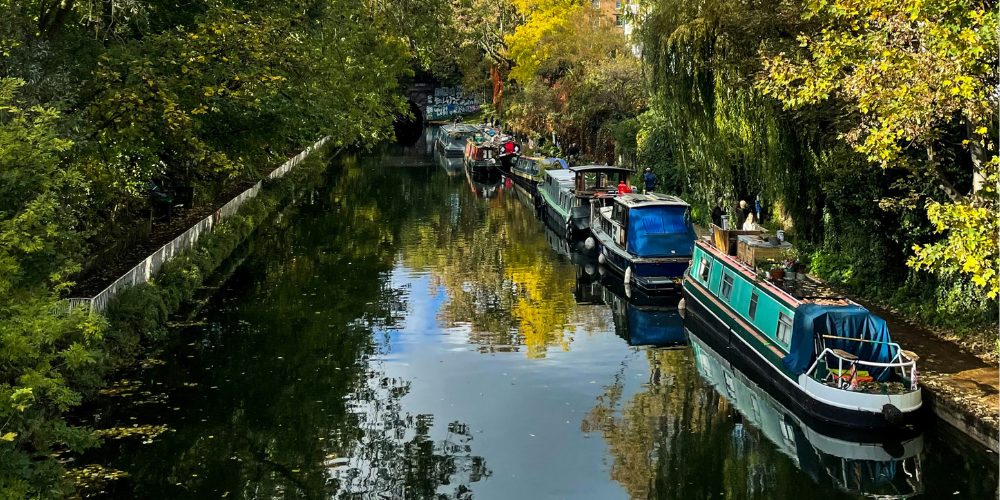Exploring the Vital Role of Canal Dredging in the UK
Have you ever considered how the UK’s canal network, a remarkable feat of engineering, has evolved over time? Spanning more than 2,000 miles, these waterways are not just relics of history; they continue to offer valuable benefits today. From supporting leisure activities to enhancing biodiversity, canals play a crucial role in our environment and economy. Yet, as these waterways age, they face challenges that threaten their functionality. This is where canal dredging comes into play. In this article, we’ll delve into how dredging helps preserve our historical waterways while adapting them for modern needs.
The Significance of the UK’s Canal System
The UK’s canal system is a treasure trove of benefits. Here’s what you should know:
However, the true potential of these canals can only be realized through diligent maintenance. Buildups of sediment, pollution, and invasive species can make these waterways difficult to navigate and unsafe for users.
The Essential Nature of Dredging
Dredging involves removing accumulated materials from the canal beds, such as silt and debris. This process is vital for several reasons:
Without regular dredging, many popular canal routes could become unusable or susceptible to flooding, especially during heavy downpours.
Challenges in Maintaining Historic Waterways
Even though these canals are invaluable, maintaining them poses its own set of challenges. Here are some key issues to consider:
Additionally, some canals haven’t been dredged in decades, leading to significant sediment buildup that requires specialized intervention.
Balancing Dredging with Ecological Preservation
When it comes to dredging, it’s crucial to strike a balance between functionality and ecological health. Many UK canals serve as habitats for endangered species, including water voles and white-clawed crayfish. To protect these ecosystems, thorough wildlife surveys are conducted before any dredging activity. This helps identify sensitive areas and allows work to be scheduled outside critical breeding seasons. Furthermore, techniques like sediment traps and turbidity curtains are employed to minimize environmental impact.
Innovative Dredging Techniques for Restoration
Dredging in UK canals often employs a mix of traditional methods and modern technology. Common techniques include:
Each method is selected based on the specific conditions and ecological sensitivities of the site.
Environmental Considerations in Dredging Projects
Sustainability is now a cornerstone of canal dredging practices. In the UK, regulations like the Environmental Permitting Regulations (EPR) set high standards for sediment testing and ecological assessments. Responsible dredging includes:
Post-dredging efforts often include replanting initiatives to restore natural habitats, with dredged material being reused for various purposes, such as reinforcing towpaths or improving soil quality.
Adapting Canal Dredging for Climate Resilience
With climate change leading to extreme weather patterns, British canals face new challenges, including intensified rainfall and droughts. Dredging is increasingly recognized as a strategy for climate resilience. By enhancing water capacity, it helps manage storm surges and prevents erosion during floods. Moreover, it ensures sufficient depths for navigation, even in dry spells, and reduces blockages in urban drainage systems.
Dredging, when integrated into urban flood management plans, transforms these historic waterways into crucial assets for modern infrastructure.
As you can see, the UK’s canal network extends beyond picturesque views; it’s a living, functional system that requires careful management. Dredging is not merely about clearing out mud; it’s a comprehensive approach to maintaining the legacy of our past while meeting contemporary needs.




